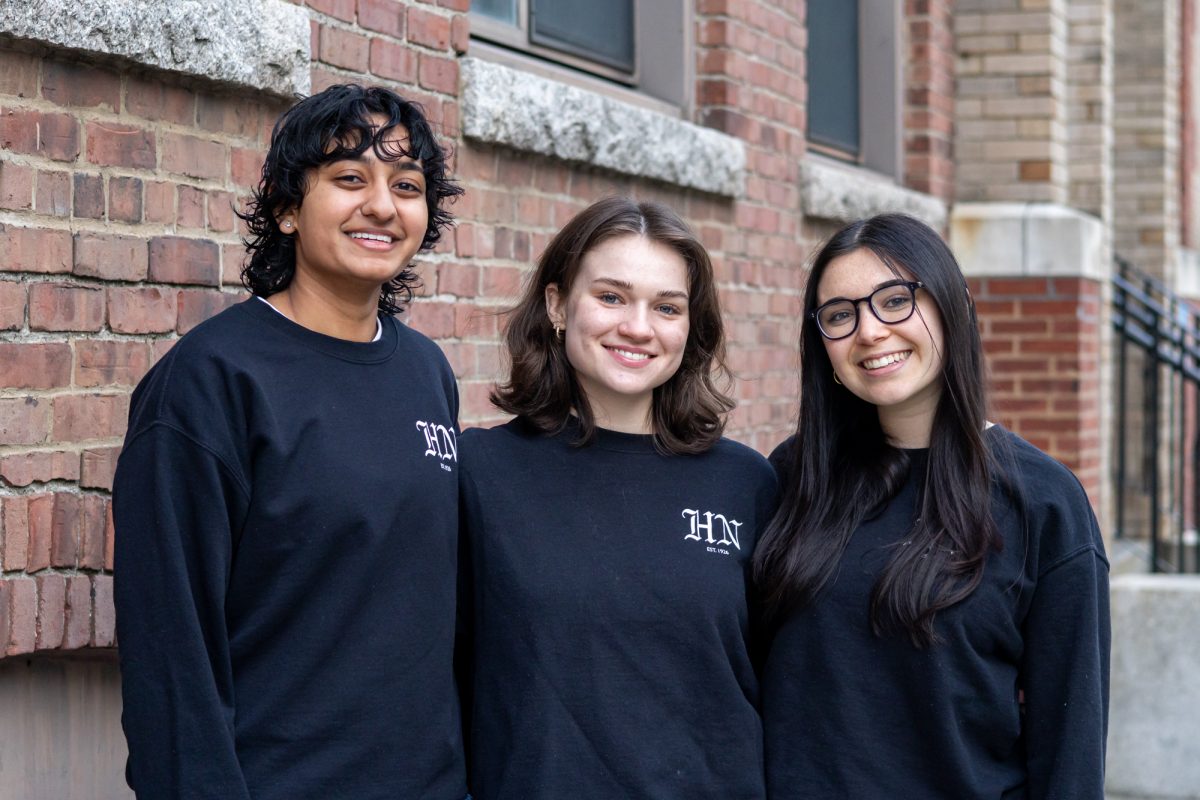A few years ago bubble tea and green tea were not part of the typical American’s lexicon, let alone on their menu. However, studies showing the health benefits of green tea and growing interest in Asian culture have made these exotic beverages an accessible part of daily life. And let us not forget Tiger Lily’s sinful Scorpion Bowls.
Bubble Tea — the tea that you can chew
The bubble tea craze began in Taiwan in the 1980s, when a concession stand owner began adding fruit flavoring to tea targeted at school children. When the flavoring was added, the drink had to be shaken vigorously, thus creating bubbles and giving the beverage its name.
The tapioca pearls, now commonly associated with bubble tea, were not added until 1983, when Liu Han-Chieh introduced the chewy, black beads to the people of Taiwan, according to www.bubbletea.com.
Despite growing popularity, bubble tea is not always well-received. Freshman journalism major Denise Bousquet sat down Monday at Buddha’s Delite on Beach Street to try the drink for her first time. However in the end, it was not her cup of tea.
“I’m just shocked by the whole clogging up my wind pipe thing,” Bousquet said as she carefully sipped the tapioca pearls from her coconut bubble tea.
Although Bousquet said it “tastes good,” when asked if she would ever try it again, her response was a curt “not for $2.90.”
Homeopathic Healing
For centuries, the health benefit of green tea has been praised in Asia. Gradually, recent studies have brought the advantages of green tea to the U.S.
According to www.japanesegreenteaonline.com, green tea has the ability to reduce high blood pressure, lower blood sugar, assist in weight loss and help to fight cancer.
The powerful antioxidants of green tea, the catechins, are known to destroy free radicals that cause cellular damage. Also, the high concentration of flavenoids and polyphenols help to boost the immune system.
The citizens of Uji and Shizuoka, Japan, for example, where most of the world’s green tea is harvested, have the lowest cancer rates in the world, according to the site.
Green tea is also noted for its weight loss capabilities. It’s known to lower cholesterol, increase the body’s ability to burn calories and enhance fat oxidation.
Nutrition One, off of the Marino Center complex on Huntington Avenue, sells green teas, instant green tea powder and supplements enhanced with green tea extract.
And for the 21+
Tiger Lily’s, located at 8 Westland Ave., is known for three things: an exotic atmosphere, malaysian cuisine and their Scorpion Bowls.
The Scorpion Bowls, consisting of various alcoholic components, are available in six varieties.
“The yellow is the strongest and made from rum and brandy. The black is another one of the strongest and tastes like a Long Island iced tea. Our green is sweet and sour, orange is mango with a hint of mint and the purple tastes like purple crush,” said bartender Megan Shim.
As for the history of the Scorpion Bowl, Shim offered a brief synopsis of how the drink got its name.
“They used to call it a Mongolian Mother [expletive],” said Shim. “But they don’t call it that now. Then it was changed to a Mongolian Bowl and then the Scorpion Bowl.”
Whatever one may call it, the exact recipe for the Scorpion Bowl is a well-kept secret.
“I’d love to tell you what’s in them, but I just can’t,” Shim said.
Chinatown continues to be the best place to obtain some of these tasty Asian treats, but as their popularity grows, they are becoming easily accessible in other locations. Each day more and more aspects of eastern culture are entering our American society. So pick up your chopsticks, don your kimono and raise your glass to these delicious drinks.









